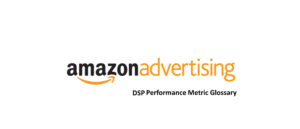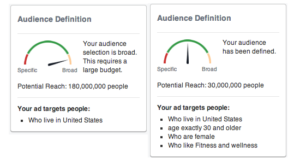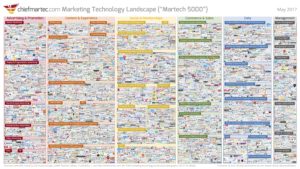
It’s not news that clients and digital media agencies share a higher level of distrust than in previous decades. The client holds an RFP and pushes agencies to deliver their service free of charge. Desperate to close new accounts, the agencies’ respective sales teams give away their most valuable asset for free. In the performance media space, this often comes with a forecast that matches what the client wants to see (because why would a client bring on an agency that tells them their numbers will be difficult or impossible to hit?)
At the end of this process, a handful of digital media agencies have delivered spec work for nothing. One (un)lucky agency wins the business.
Now that the account is in their hands, the client team needs to work quickly to reframe things. Because the relationship started on such shaky ground, the team will do what they can to show momentum with the performance metrics as it’s clear they will be well short of forecasted sales on day one.
Here’s where the tricks of the trade come in, and why it is on the client to be both skeptical of the data provided and have a realistic mindset.
Before you choose your partner, poke holes in the forecast delivered:
- Ask what assumptions were when they developed their forecast: There should be documented, well thought out assumptions.
- Be wary if one number is provided rather than a range: Unless Nostradamus works at this agency, they can’t be 100% certain of anything.
Once you choose a partner, you should be spending time before the first demand gen report determining:
- What success looks like in specific timeframes: This should be happening at both an overall business level and trickle down to specific campaigns.
- Appropriate date ranges for analyses: If you just brought on a partner, you were likely missing your numbers. Set a realistic ramp up with milestones and fair assumptions.
- Attribution windows used in aggregate and by publisher: Some digital systems measure on a 30-day window, others on a 14-day window. Sometimes results are based on someone clicking an ad. Sometimes it’s based on an ad being served. You have a responsibility to your company to know the difference.
- Pre/post time periods: Make sure the noise is taken out of any longitudinal comparisons.
When live, be on the lookout for these reporting tricks:
- Digital media efficiency is improving, but your overall business is flat or down: This will be presented as a win. You need an all-in metrics (money in / money out). If there is no lift in your sales, you are failing.
- The agency is reporting on ancillary metrics: Why would your agency team focus on video views to 3 seconds? Because that’s likely a metric that looks better than your core KPIs. Ignore the bullshit.
- They’re reporting a percentage increase without raw numbers: If your sales go from 2 to 3, your percentage increase was 50%. Pretty impressive until you see the denominator.
- Digital media channels are ranked by attributed CPA: If your agency compares your retargeting CPA to your prospecting CPA, rethink your choices. Ranking channels based on attributed sales is a fool’s errand for many reasons. If you’re making buying decisions on that, then you’re the fool.
- More thought went into the appearance of the dashboard than the content: Performance dashboards are fine if they contain valuable and correct information. They’re also more beneficial if they’re reviewed by you. The more you push for nice-to-have metrics, the worse it will be and the less you will use it.
If you’d like to break the cycle with your startup, the best solution is to create an honest dialogue before and after a media partner comes on board. The next best thing is course correcting early.
- « Previous
- 1
- 2
- 3
- Next »










